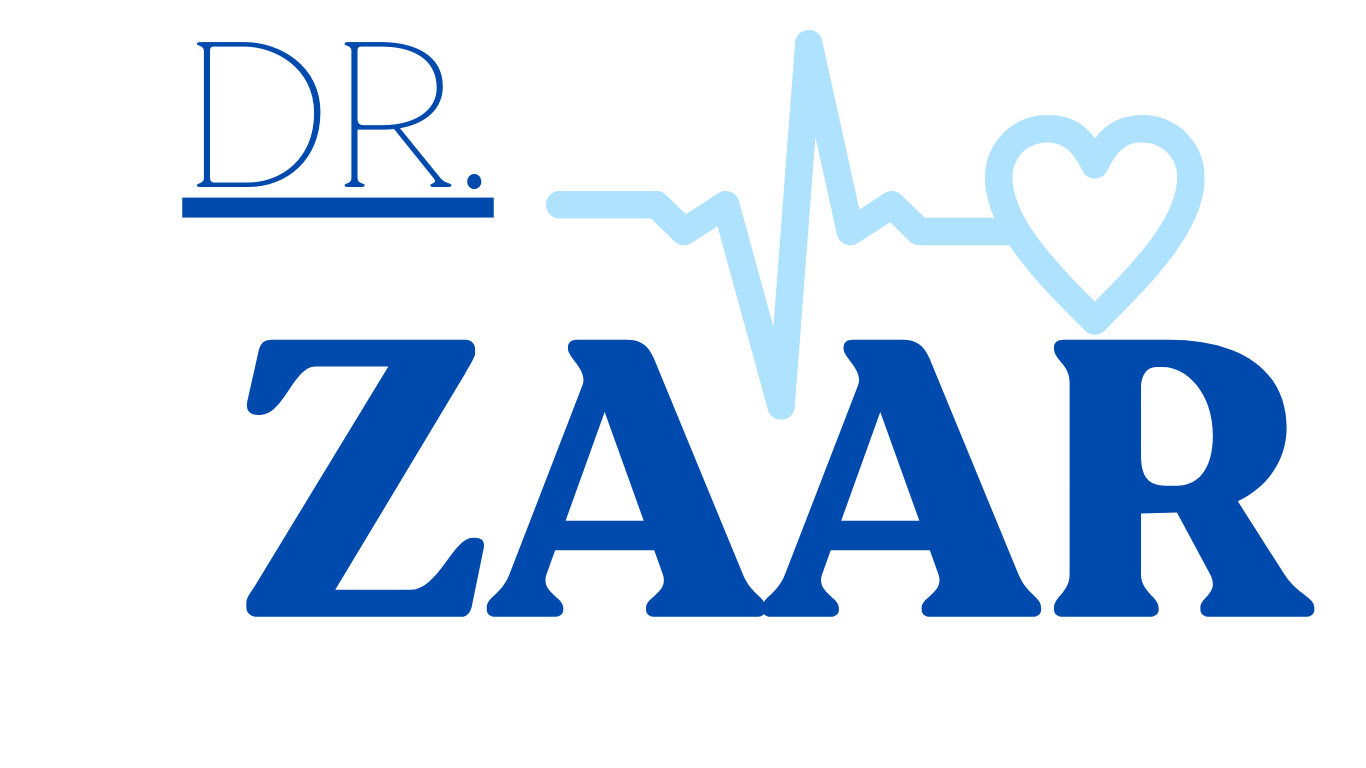The Hormone That Eases Labor and Supports Pregnancy
Understanding Relaxin and Its Functions
Relaxin is a hormone primarily produced by the ovaries, placenta, and uterus during pregnancy. It plays a critical role in preparing the body for childbirth by relaxing the muscles, ligaments, and joints, making labor and delivery smoother. Relaxin also helps to soften and widen the cervix, facilitating the delivery process. While it is most active during pregnancy, relaxin is present throughout a woman’s menstrual cycle in smaller amounts and has a role in regulating the reproductive system.
In addition to its role in pregnancy, relaxin has other functions that extend beyond childbirth. It aids in vascular remodeling by helping blood vessels adapt to the increased blood volume during pregnancy, and it may also play a role in tissue repair and inflammation regulation.
Key Functions of Relaxin
- Facilitates Childbirth: Relaxin helps to relax the uterus, soften the cervix, and loosen the ligaments in the pelvis, aiding in the progression of labor.
- Pregnancy Support: During pregnancy, relaxin helps to accommodate the growing fetus by loosening joints and ligaments, particularly in the pelvic region.
- Blood Flow Regulation: Relaxin helps increase blood flow by relaxing blood vessels, ensuring that the developing baby receives adequate oxygen and nutrients.
- Tissue Repair: Relaxin is believed to assist in tissue remodeling and repair, promoting recovery after childbirth and potentially aiding in injury healing.
The Role of Relaxin in Health and Disease
Relaxin’s primary role in pregnancy is to prepare the body for childbirth by allowing the pelvis and cervix to become more flexible, which facilitates easier passage of the baby during labor. Imbalances in relaxin levels can lead to complications in pregnancy, such as preterm labor or difficulties with labor progression. For example, excessive relaxin production may result in pelvic instability or increased joint mobility, leading to pain or injury. Insufficient relaxin production may hinder proper cervical dilation or cause labor to progress slowly. Relaxin has also been explored for its potential in treating fibrotic diseases and tissue repair, as it helps remodel connective tissue. Research continues to uncover the broader therapeutic uses of relaxin, including its potential in treating heart disease, kidney fibrosis, and other conditions associated with abnormal tissue remodeling. Disorders Linked to Relaxin Imbalance An imbalance in relaxin levels can contribute to various pregnancy-related and non-pregnancy-related issues. Excessive relaxin during pregnancy can cause pelvic girdle pain, joint instability, and difficulty with movement due to the increased flexibility of ligaments. In contrast, low levels of relaxin may result in poor cervical dilation and stalled labor. After childbirth, insufficient relaxin may delay tissue repair, affecting recovery. Outside of pregnancy, relaxin imbalances may also be involved in fibrotic conditions, where excessive tissue scarring occurs in organs like the liver, heart, and kidneys.
Contact Us
+92-321-9700-700
FAQs About Relaxin
1. What is relaxin?
Relaxin is a hormone primarily produced during pregnancy that helps relax the uterus, soften the cervix, and loosen ligaments in the pelvis, facilitating childbirth.
2. How does relaxin affect pregnancy?
Relaxin supports pregnancy by preparing the body for childbirth. It relaxes the pelvic ligaments, softens the cervix, and helps the uterus expand to accommodate the growing fetus.
3. What are the symptoms of high relaxin levels?
High relaxin levels during pregnancy may cause pelvic girdle pain, joint instability, and increased mobility of ligaments, leading to discomfort or difficulty moving.
4. How does relaxin help with labor?
Relaxin helps soften and widen the cervix, making it easier for the baby to pass through during delivery. It also relaxes the muscles and ligaments in the pelvis to allow for smoother labor.
5. What happens if relaxin levels are too low during pregnancy?
Low relaxin levels can result in poor cervical dilation, slow labor progression, and difficulty in delivering the baby. It may also hinder proper relaxation of pelvic muscles and ligaments, making labor more difficult.
6. Can relaxin affect joint health?
Yes, relaxin can increase joint mobility by loosening ligaments, especially in the pelvic area. While this is beneficial during childbirth, excessive relaxin levels may cause joint instability or pain.
7. How is relaxin tested?
Relaxin levels can be measured through blood tests, but testing is typically done in research settings or for evaluating pregnancy complications. Routine clinical testing for relaxin is not common.
8. Can relaxin help with tissue repair?
Relaxin plays a role in tissue remodeling and repair, particularly after childbirth. Research is also exploring its potential for treating fibrotic conditions, where excessive tissue scarring occurs in organs like the heart and kidneys.
9. Is relaxin used in medical treatments?
Relaxin and its analogs are being studied for therapeutic use, especially in treating conditions involving fibrosis, such as kidney disease or heart failure. It is also being explored for its potential in promoting tissue healing after surgery or injury.
10. Can relaxin cause complications after childbirth?
Excessive or insufficient relaxin production after childbirth may lead to issues like pelvic instability or delayed tissue recovery. Managing relaxin levels is important for optimal recovery.
